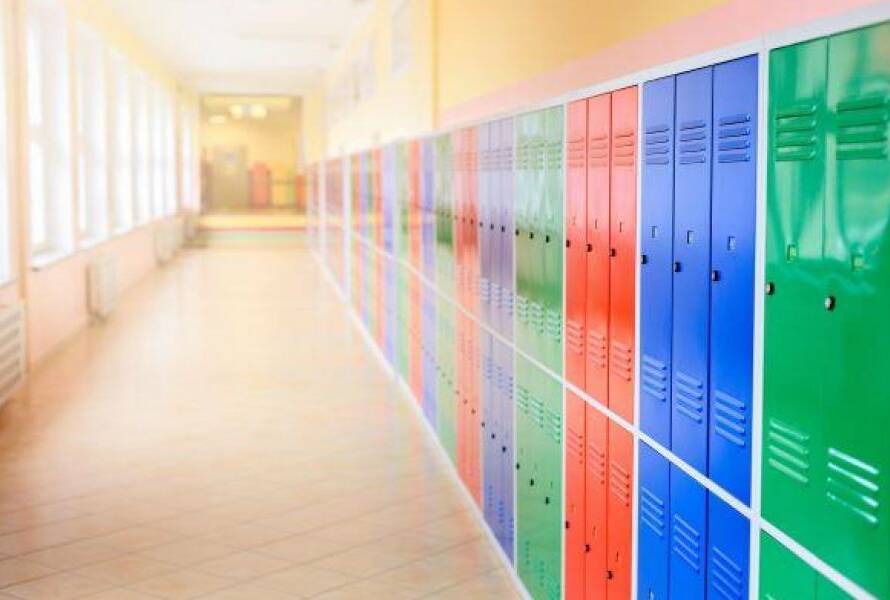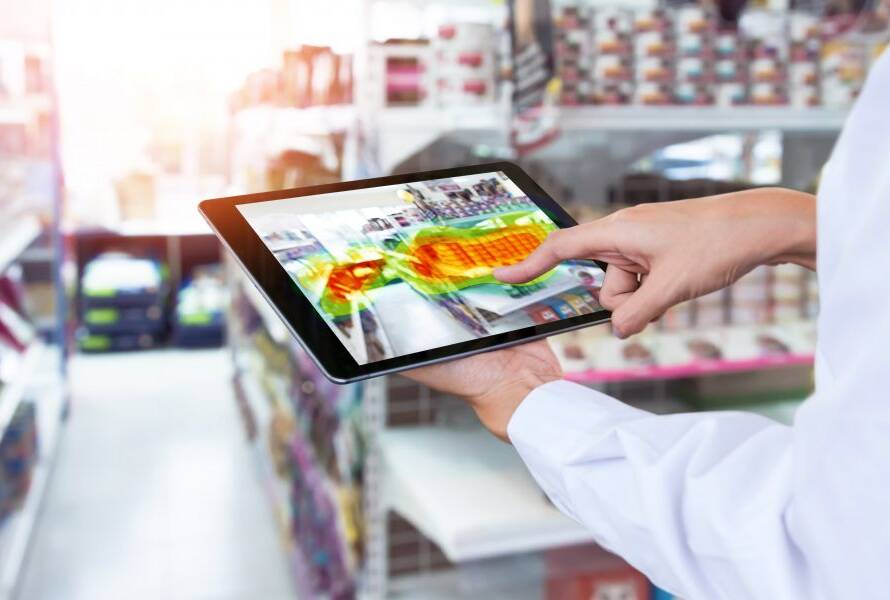
Driving demand for better video coverage at schools
School surveillance continues to be one of the most important markets for video surveillance, And with good reason. The safety of students including those with special needs, vandalism, fights and outsider threats are all driving demand for better video coverage.
Similar to many consumer segments, school systems share some common challenges and requirements. Understanding those can aid with technology selection and system design.
Integrated platforms
When combining data from multiple complimentary security systems, the whole is often greater than the sum of its parts.
Most schools have some form of intrusion system, which by using a variety of sensors such as motion, glass break and door sensors, can detect unauthorized activity. Integration with the video surveillance system provides multiple benefits. When an event is detected, the recording frame rate could be accelerated. More importantly, integration can result in the ability to send snapshots or video clips to building management for visual verification of what may have triggered the intrusion system, saving on false alarms and providing valuable situational awareness to first responders.
Lockdown systems are becoming more popular for schools. Lockdown systems perform a series of actions on the push of a button, allowing predefined emergency procedures to be easily kicked off when an external threat is suspected, such as triggering the mass notification of faculty and staff, locking doors and notifying first responders. When integrated with video, the lockdown system can increase recording rates, provide snapshots or video clips with notifications to first responders and can lockout low priority video users from accessing video feeds which could inadvertently prevent access for high priority users in an emergency.
Finally, a new technology is emerging that will likely prove to be a key component to future school surveillance systems: social media monitoring. A social media monitoring service aggregates social media from popular services like Twitter, Facebook or Instagram. Posts can be filtered by key words and geography to allow schools to identify social media activity which could indicate a threat.The technology is unique compared to other components of a security system in that it can allow security monitoring professionals to identify threats before they occur. Integration with video allows for visual verification of the person posting as well as correlation of real world events with social media reports.
Read the full article on Campus Security & Life Safety!
Brian Carle
Brian Carle is the Director of Product Strategy at Salient Systems. He has been with the company for over 11 years and during that time has been responsible for product management, product development, strategic planning and product launch. Prior to his time with Salient, Mr. Carle was employed by Axis Communications.




